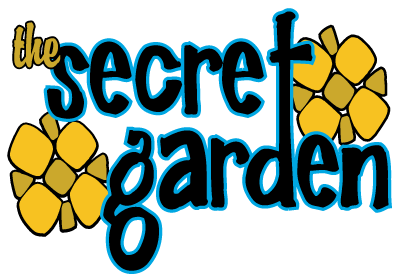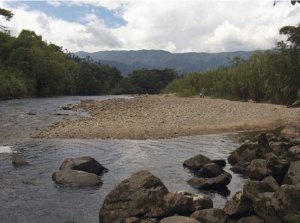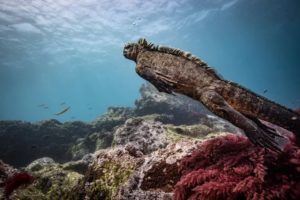When you think of Ecuador, one of the first items that comes to mind is the iconic toquilla straw hat. This handcrafted treasure, known as the “Panama hat” abroad, is a true cultural jewel that represents the skill and tradition of Ecuadorian artisans.
The toquilla straw hat is woven by hand using a natural fiber extracted from the toquilla plant, which grows in the coastal regions of the country. These hats are famous for their delicacy, their flexibility and their ability to keep wearers cool and protected from the sun.

Foto: Presidencia de la República
The history of toquilla straw hats dates back hundreds of years. It is believed to have originated in pre-Columbian times, where the ancient inhabitants of Ecuador already wore hats woven from plant fibers. However, it was during the colonial period that this craft acquired international recognition.
During the construction of the Panama Canal in the 19th century, Ecuadorian workers wore these hats to protect themselves from the tropical sun. Their popularity grew rapidly, and although they are known as “Panama hats”, their true origin is rooted in Ecuadorian tradition.
Today, toquilla straw hats are produced in several regions of Ecuador, but the city of Montecristi is known as the epicenter of this craft. The artisans of Montecristi are experts in the elaboration of fine, high quality hats, using techniques passed down from generation to generation.
Making a toquilla straw hat is a laborious process that requires skill and patience. The toquilla fibers are harvested, carefully selected and boiled to eliminate impurities. They are then divided into fine threads that are meticulously interwoven to form the different parts of the hat. The weaving is so delicate that some hats can have more than 3,000 threads per inch.

Foto: Unesco
The end result is an exquisite work of art. The toquilla straw hats are characterized by their lightness, flexibility and elegant finish. They come in a variety of styles and sizes, from classic wide-brimmed hats to elegant fedora hats. Each one is unique and reflects the skill and creativity of the artisan who created it.
Toquilla straw hats have transcended borders and have become a symbol of elegance and sophistication. They have been worn by celebrities, politicians and renowned artists around the world, becoming a timeless and versatile accessory.
In addition to their aesthetic value, toquilla straw hats also have a deep cultural significance for Ecuadorians.

Foto: El espectador Azogues




